Robot DefinitionA robot is a machine that can be programmed and operated to perform tasks autonomously or semi-autonomously. Robots are widely used in manufacturing, medical, military, and research applications. Robots can be mobile or stationary, depending on the application. They can also be used for industrial automation or personal assistance in the home. 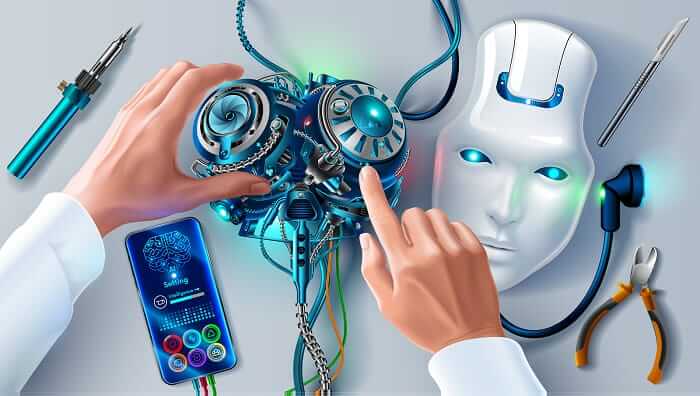
Robots as an Artificial IntelligenceRobots have become increasingly popular in modern society and are being used for a variety of purposes. They are mainly found in factories, hospitals, and even in homes. They are able to perform tasks that would otherwise be difficult or impossible for humans, such as lifting heavy objects or performing intricate surgeries. They can also be programmed with artificial intelligence to make decisions based on the data they receive from their environment. The use of robots is becoming more happening and will continue to grow as technology advances. What can Robots Do?The potential of robots is vast and ever-growing. They can do a variety of tasks, from simple household chores to complex industrial work. They can be used in manufacturing, construction, healthcare, and many other industries. Robots are becoming increasingly capable of performing more sophisticated tasks such as object recognition, voice recognition, and navigation. In the future, they could even be used to help with search and rescue operations or provide assistance to disabled people. As technology advances, the possibilities for robots are endless! Robots are now making their way into our daily lives in various forms, from cleaning our floors to providing companionship. But not all robots are created equal. There are different types of robots that serve different purposes, and each has its own unique capabilities. In this post, we will be exploring the different types of robots, from assistive to collaborative. Historically, robots have been used in manufacturing and industrial settings to automate tasks that were previously performed by humans. Robots are now being used in a wide range of industries and applications, from healthcare and education to entertainment. Today's robots are more advanced than ever before and are capable of a wide range of tasks, from simple repetitive actions to complex decision-making and problem-solving. As a result, the field of robotics is expanding rapidly, and there are now numerous types of robots that serve different purposes and functions. We will explore the different types of robots, from assistive to collaborative, and the applications they are used for. Different Types of RobotsRobots come in different shapes, sizes, and functions. Understanding the different types of robots can help you choose the one that best suits your needs. 1. Assistive Robots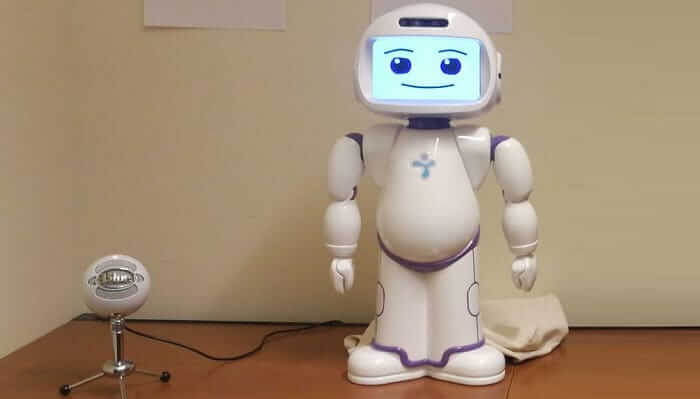
Assistive robots are designed to help people with disabilities or limitations in their daily lives. These robots provide assistance in tasks such as cooking, cleaning, serving and personal care. They can be controlled by the user, by a caregiver or can work autonomously. Assistive robots can be either mobile or stationary, depending on the user's needs. Robotic Arm is one of the most common types of assistive robots. These arms can be attached to wheelchairs or placed on tables and can help people who have difficulty moving their arms perform tasks such as eating or writing. Another example of an assistive robot is the exoskeleton. These wearable devices can help individuals with mobility issues walk or stand up. Assistive robots can also be used in healthcare settings to help patients with physical therapy or rehabilitation exercises. They can monitor a patient's progress and provide feedback to healthcare professionals. Overall, assistive robots can provide assistance and support in daily tasks, increase independence and autonomy, and improve healthcare outcomes. 2. Collaborative Robots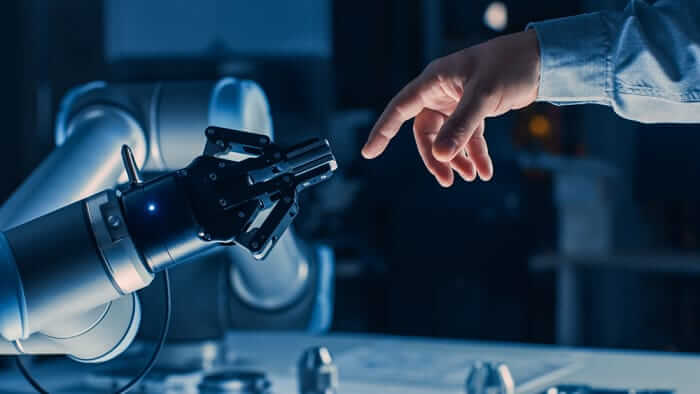
Collaborative robots are also known as cobots and are designed to work alongside humans to improve efficiency and productivity in various industries. These robots are specifically designed to operate safely with humans, eliminating the need for safety barriers or cages. They are equipped with advanced sensors. It allows them to detect the presence of humans and monitor their movements accordingly. One of the biggest advantages of using collaborative robots is that they can take over repetitive and tedious tasks, freeing up human workers to focus on more complex tasks that require critical thinking and decision-making skills. Cobots can be programmed to perform a wide range of tasks such as packaging and quality control. Collaborative robots are becoming popular in the manufacturing, logistics and healthcare industries. These robots can work with human workers to improve the speed and accuracy of tasks, leading to increased productivity and reduced costs. In healthcare, cobots can be used to assist surgeons during complex procedures and reduce the risk of human error and improve patient outcomes. Overall, collaborative robots offer a new level of flexibility and safety in the workplace. They allow human workers and robots to work together, leading to increased productivity and efficiency, while also providing a safer work environment. As technology continues to improve, we all can expect to see even more collaborative robots, that are being used in a wide range of industries. 3. Industrial Robots
Industrial robots are specifically designed to perform tasks in manufacturing and production environments. These robots are often large and are equipped with advanced sensors and high-tech software that allow them to perform complex tasks with precision and efficiency. Including articulated robots here are some of the most common types of industrial robots, SCARA robots, cartesian robots, and delta robots. Articulated robots are the most common type of industrial robot and are mostly used in assembly line production. These robots have a series of joints that allow them to move in a variety of ways, making them ideal for tasks that require a high degree of flexibility. SCARA robots are another type of industrial robot, commonly used in manufacturing environments. These robots have a horizontal arm that can move back and forth, allowing them to access parts in tight spaces. They are often used in tasks such as pick-and-place operations and material handling. Cartesian robots are also known as gantry robots and are designed to move in straight lines along three axes. These robots are often used in tasks that require high levels of precision, such as welding or cutting. Delta robots, also known as parallel robots, are designed to move quickly and accurately in a three-dimensional space and are often used in tasks such as packaging, sorting, and assembling. Overall, industrial robots play a critical role in many manufacturing and production environments, improving efficiency, precision, and safety. 4. Service Robots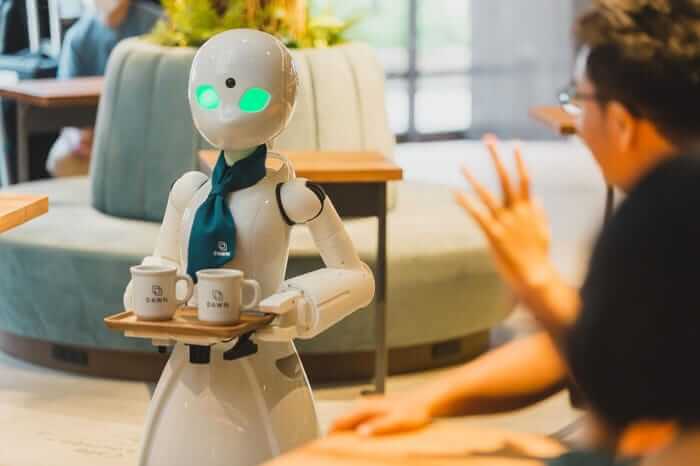
Service robots are designed to interact with humans and provide them with various services. They are often seen in public spaces, such as airports, hospitals, and shopping malls, as they can help people with tasks ranging from providing information to carrying out physical tasks. Service robots can also be used in homes to assist people with disabilities or elderly people with daily tasks, such as cleaning, cooking, and even companionship. One of the most commonly known service robots developed by Softbank Robotics is Pepper, a humanoid robot. Pepper has been used in various industries, including hospitality, retail, and healthcare, as it can communicate with humans through voice recognition and natural language processing. It is being made the popular choice for customer service roles and can also recognize emotions and respond accordingly. Another example of a service robot is the Paro therapeutic robot, designed to provide comfort and companionship to patients in hospitals and nursing homes. Paro is shaped like a baby seal and is covered in soft fur, making it a comforting presence for patients who may be feeling anxious or lonely. Service robots have the potential to transform various industries, as they can improve efficiency and enhance customer experience. 5. Medical Robots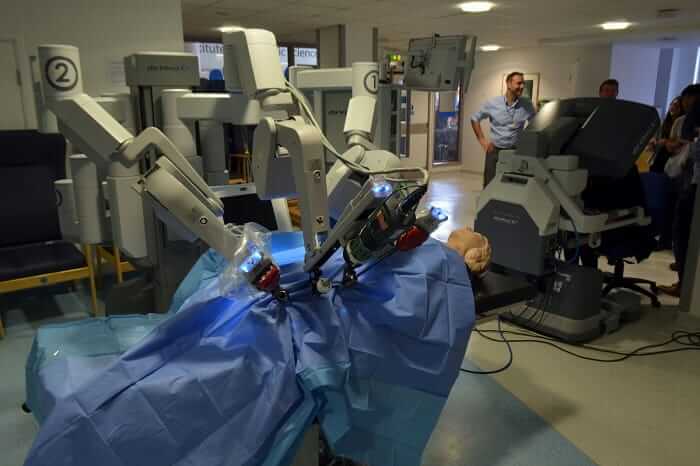
Medical robots have been around for a while, but recent advancements in technology have led to the development of more sophisticated and versatile medical robots. These robots have revolutionized the healthcare industry, for patient outcomes and improving the efficiency of healthcare services. One of the most common medical robots is the surgical robot. These robots are used to perform minimally invasive surgeries that have lower risks and fewer complications compared to traditional surgeries. Surgical robots have precise movements and can carry out complex procedures with greater accuracy, resulting in better surgical outcomes. Another type of medical robot is the rehabilitation robot. These robots are used to help patients to recover from injuries, illnesses, or any disabilities. Rehabilitation robots assist patients in performing exercises and movements to improve their motor functions and regain their strength and mobility. These robots provide customized therapy programs for patients and can monitor their progress, making adjustments when necessary. Medical robots are also used in diagnostic procedures. Radiology robots are used to perform imaging scans such as MRI, CT, and ultrasound scans. These robots provide more precise and accurate images, leading to better diagnosis and treatment planning, it is also cost-effective. 6. Military Robots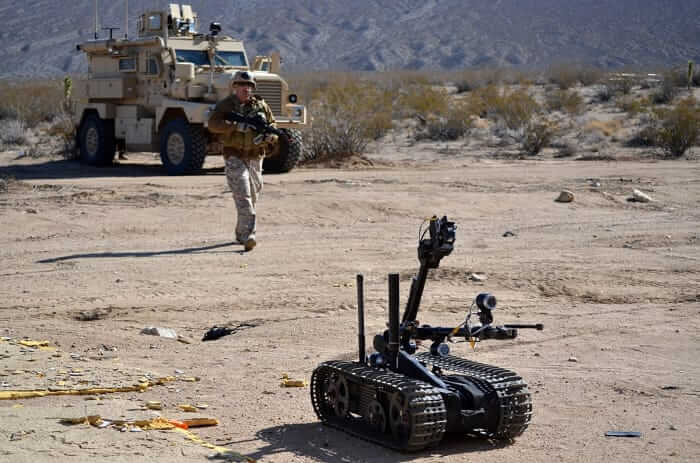
Military robots are unmanned vehicles or machines that are designed to perform tasks in dangerous or hostile environments. These robots are used for a range of missions, including reconnaissance, surveillance, and combat operations. Military robots can be ground-based, air-based, or sea-based, and they are often equipped with a range of sensors, cameras, and weapons systems. One of the main advantages of military robots is that they can even perform tasks that are risky and too dangerous or difficult for human soldiers. For example, robots can be used to explore hazardous areas, such as minefields or buildings that have been booby-trapped. Military robots can also be used to provide support to soldiers in combat situations, such as providing cover fire or carrying supplies. However, some people worry that robots could malfunction or be hacked, causing them to cause unintended harm. Others worry that the use of military robots could lead to a dehumanization of warfare, making it easier for countries to go to war without considering the human cost. Despite these concerns, military robots are likely to continue to be an important part of modern warfare, as countries continue to seek ways to reduce the risk to human soldiers while also achieving their military objectives. 7. Agricultural Robots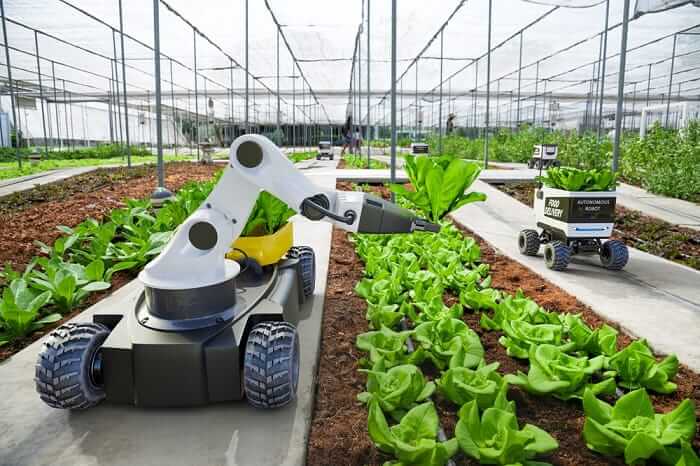
Agricultural robots, also known as agribots, are designed to assist farmers in managing their crops and livestock. These robots have revolutionized the agriculture industry by enabling farmers to increase their productivity and efficiency. One of the most common types of agricultural robots are drones, which are used to monitor crops and collect data on crop health, soil moisture, and other environmental factors. Another type of agribot is the autonomous tractor, which can be programmed to plant, cultivate, and harvest crops. These tractors can work without the need for breaks or rest around the clock, which can gradually increase productivity. For example, robotic milkers can be used to milk dairy cows, while autonomous feeders can be used to distribute feed to animals. Overall, agricultural robots have the potential to transform the agriculture industry by increasing productivity, reducing labor costs, and improving sustainability. As technology continues to become more advance, we can expect to see even more innovative and effective agribots in the future. 8. Entertainment Robot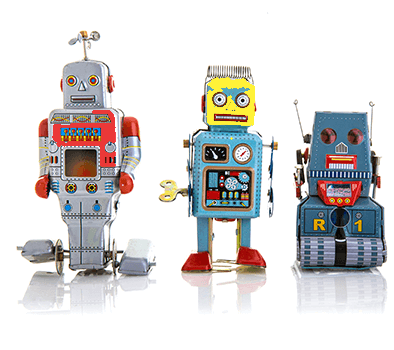
This type of robot is designed for entertainment purposes. They are often used in theme parks, museums, and other tourist attractions. Entertainment robots can also be programmed to perform a variety of tasks including singing, dancing and interacting with people. Understanding the different types of robots can help us choose the one that best suits our needs. Whether you need a robot for manufacturing, healthcare, or entertainment, there is a robot out there that can help you achieve your goals. Briefly explain the types of robots below: ConclusionThe future of robotics is bright and exciting, with new developments happening all the time. As technology advances and becomes more sophisticated, we can expect robots to become even more integrated into our daily lives. Robots are already being used in many different medical applications, from performing minimally invasive surgeries to assisting with physical therapy. In the future, we can expect to see even more advanced medical robots that are able to perform even more complex tasks. Finally, we can expect to see robots becoming even more collaborative with humans. Rather than simply assisting us with certain tasks, robots will be able to work alongside us as true collaborators. This will require robots to be even more intelligent and adaptable than they are today, but the potential benefits are enormous. Overall, the future of robotics is one of the exciting possibilities, and we can expect to see robots becoming an ever-more integral part of our lives in the years to come. Robots will be the only reason which will result in increased economic growth and productivity and will create new career opportunities for many people around the world.
Next TopicRock Definition
|
 For Videos Join Our Youtube Channel: Join Now
For Videos Join Our Youtube Channel: Join Now
Feedback
- Send your Feedback to [email protected]
Help Others, Please Share










